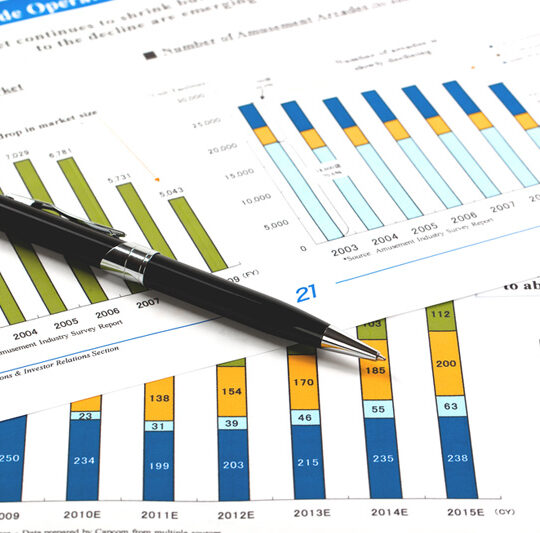
STAMFORD — U.S. consumers are spending at a brisk rate, and their activity helped the country’s gross domestic product grow at a 4.9 percent annual rate in the third quarter of this year — the fastest such rate since 2021.
But the economy has not entirely recovered from the disruption unleashed by the COVID-19 pandemic, and there is slowing demand for some products and services — as highlighted by the declining quarterly revenues reported in the past couple of weeks by several large Connecticut-headquartered companies. Among the pressures are shrinking savings, rising borrowing costs and still-high inflation, but executives at a number of firms also see signs of consumer resilience.
Nationwide, consumer spending increased by 0.4 percent in September, after adjusting for inflation, according to federal government data. Reflecting that uptick, at Synchrony, the country’s largest provider of store-brand and private-label credit cards, customers’ purchase volume totaled $47 billion in the third quarter of this year — a 5 percent increase over the same period in 2022.
“These results highlight the strength of Synchrony’s differentiated model and resiliency of our business through economic cycles,” Synchrony CEO and President Brian Doubles said during an earnings call on Oct. 24.
Many people are using their disposable income to travel. At Norwalk-based Booking Holdings, gross travel bookings — which comprise the total dollar value of travel services booked by customers, after factoring in cancellations — totaled nearly $40 billion in the third quarter, up 24 percent year over year. (Booking’s brands include Booking.com, Priceline, Agoda, Rentalcars.com, KAYAK and OpenTable.)
“Given current trends, we expect customers… will continue to prioritize travel over other discretionary spend(ing) in 2024,” Booking Holdings CEO Glenn Fogel said during an earnings call on Thursday.














